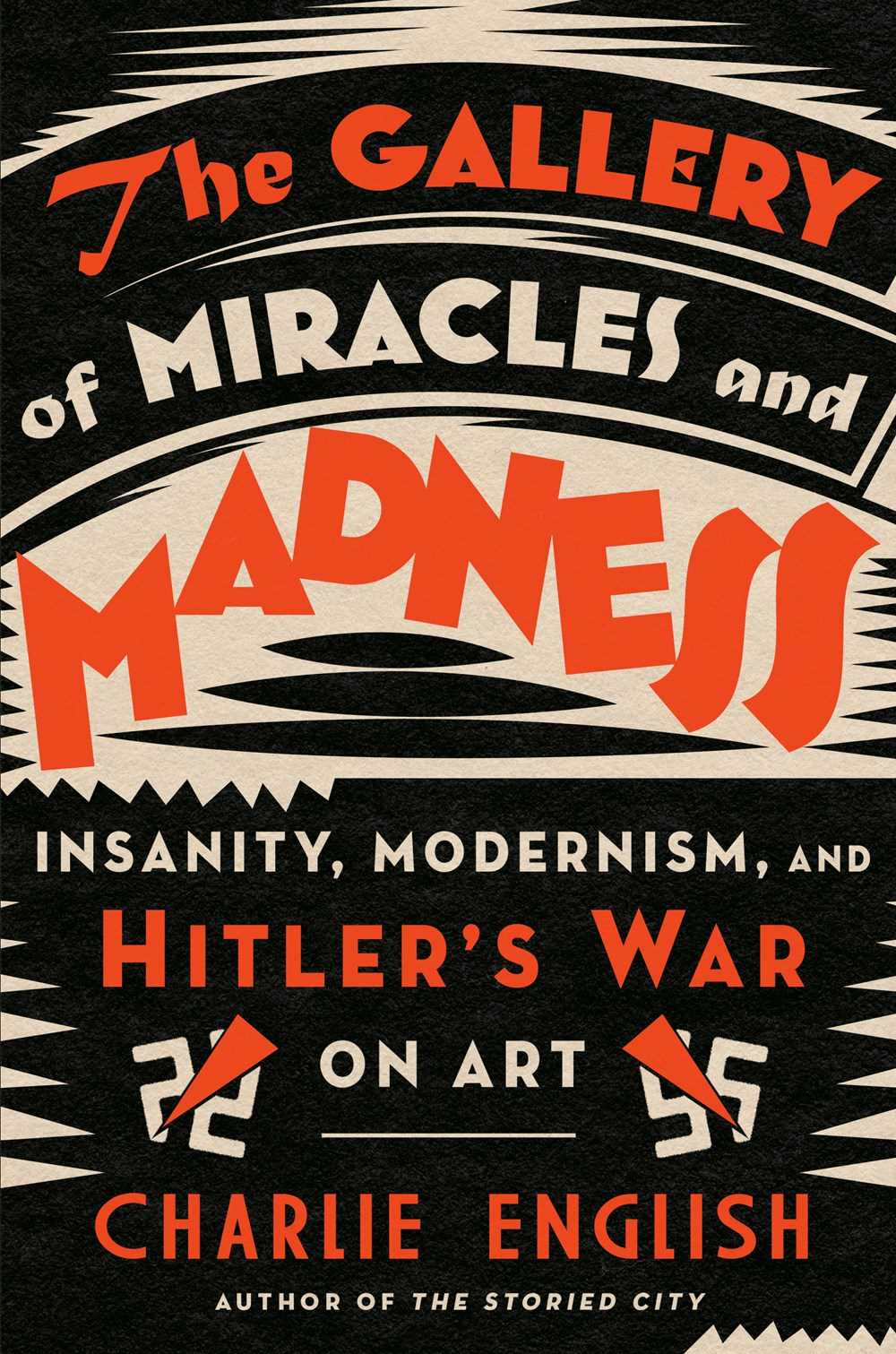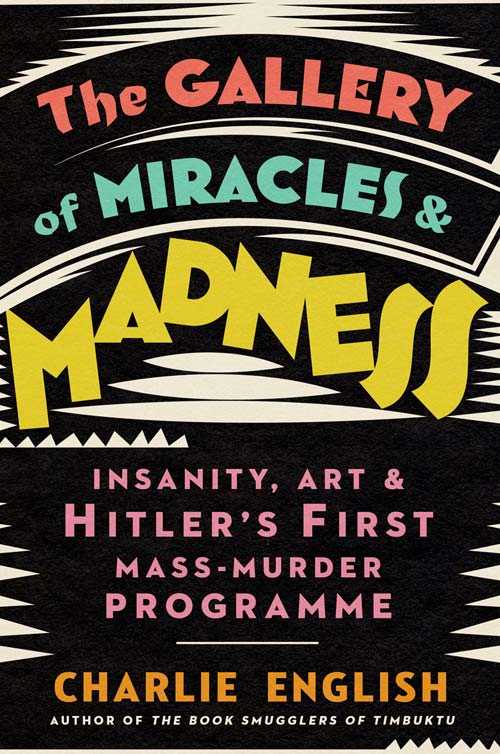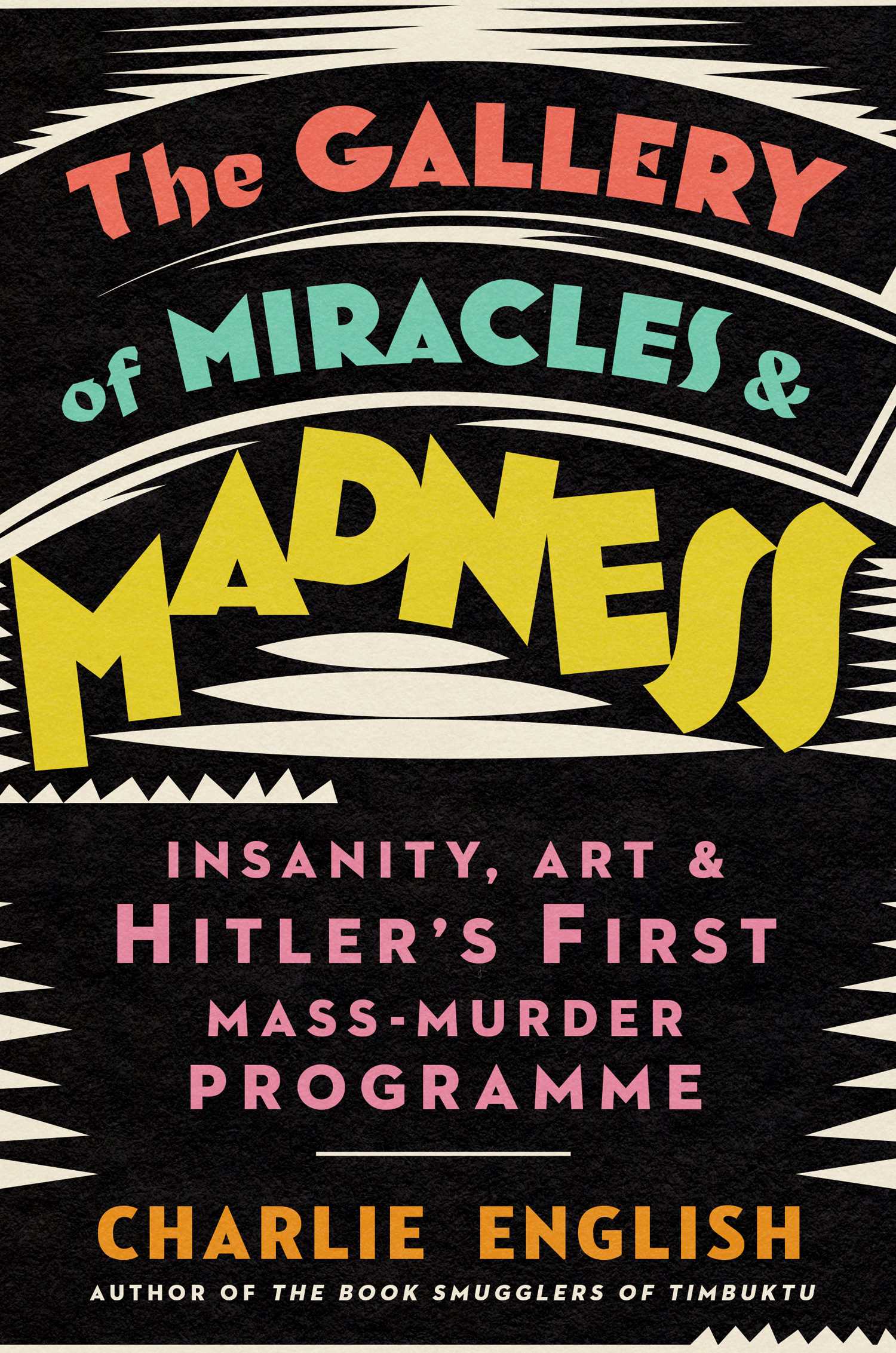
The Gallery of Miracles and Madness
The untold story of Hitler’s war on “degenerate” artists and the mentally ill that paved the way for the Holocaust. In the early days of the Weimar Republic, the doctor and aesthete Hans Prinzhorn began collecting artwork from psychiatric patients in asylums all over the German-speaking world. The men and women who created this material spent their lives cut off from society, but their art—flamboyant paintings, life-size dolls, tiny bread sculptures—was powerful and raw, as if it had “bubbled up from the depths of the human psyche,” as one viewer put it. When Prinzhorn published a collection of the work, it so inspired a new generation of modern artists—Max Ernst, André Breton, and Salvador Dali among them—that they dubbed it the “Surrealists’ Bible” and hailed it as the turning point between two artistic epochs. But Prinzhorn’s collection also attracted attention of the wrong sort, from artistic conservatives and political extremists, including the Nazis. Modernism was in full swing when a young Adolf Hitler arrived in Vienna in 1907, hoping to forge a career as a great painter. Twice rejected from art school, he dropped out, joined the army, and gradually began his ascent to political power. He came to think of himself as the “artist-Fuhrer” and the “Sculptor of Germany,” a messianic figure whose destiny it was to remodel the German race. In 1938, convinced that modern art had degraded the Aryan soul, he charged a team of Nazi officials with seizing so-called “degenerate” art from German museums and mocking it in the wildly popular “Entarte Kunst,” or Degenerate Art shows. This cultural extermination campaign, engineered by the propaganda minister Joseph Goebbels, was a forerunner to Hitler’s human extermination campaign, and Prinzhorn’s artist-patients were caught up in both. Having sold off or destroyed the paintings Hitler deemed degenerate, the Nazis embarked on a program to eliminate the people he deemed degenerate—the residents of German psychiatric institutions. By 1941, 70,000 psychiatric patients had been taken from their institutions and gassed in a test run for the Final Solution. Dozens of Prinzhorn’s artists were among the victims. In The Gallery of Miracles and Madness, author and journalist Charlie English tells an eerie story of genius, madness, and the failure of empathy, and offers readers a fresh perspective on the insidious brutality of the Nazi regime.
- Publisher: Random House
- Publication date: 10/08/2021
- ISBN: 9780525512059
- Page extent: 336
- Format: Hardback
- Dimensions: 235 mm x 156 mm
Other titles you may like











